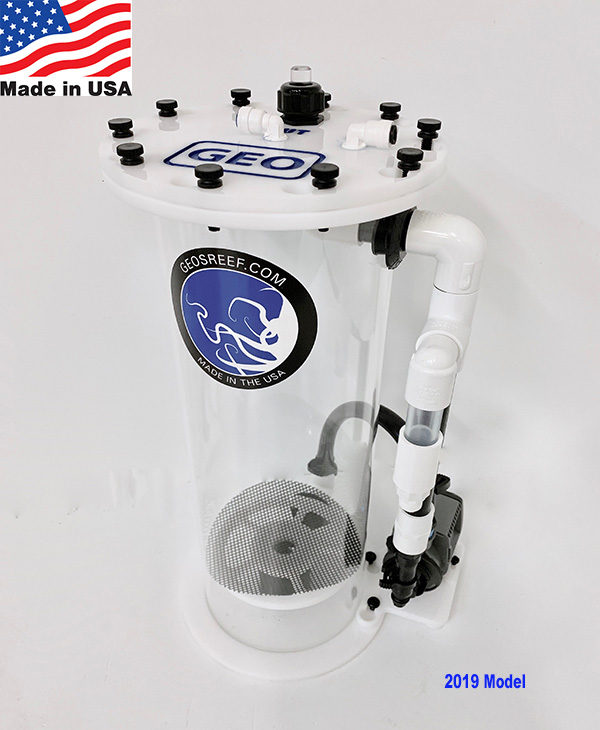- Joined
- Jan 9, 2017
- Messages
- 1,142
- Reaction score
- 1,063
Your first sentence says 2009 then you say pre-2019 later on. Which is it. I have a unit I purchased in 2018.For those that have a build up of CO2 in there reactors please read:
If you own a GEO calcium reactor that was built before 2009 (manifold connected to the lid via union) then this design was built to have pressure inside the reactor. Pressure was supplied to the reactor via small feed pump placed in your sump (MaxiJet/Colbalt 600 or Sicce 0.5) and the effluent control via micro ball/needle valve. These models went into production approximately in 1999 BEFORE continuous duty peristaltic pumps were being used in the aquarium trade. If you try to run a peristaltic pump ALONE on these models you will get a build up of CO2 since there is no pressure to compress the intoduced Co2 into the water column. Some users can get them to work normally if a high effluent rate and low Co2 dosing is used. The work around if you must use a peristaltic pump with these models, although we do not recommend this, is to use both a small feed pump (<125 gph) *****WARNING connections must be secure and O-Rings/Uni-seal in good condition******* and a peristaltic pump in the pull configuration. Yes the feed pump will be pushing against the peristaltic pump but at low enough pressure not to damage it. REMEMBER THIS IS AT YOUR RISK AND AGAIN THIS IS A WORK AROUND AND NOT RECOMMENDED BY GEO'S REEF. We do however recommend that you follow the original directions listed on our website with use of only a small feed pump. This pre-2019 design is proven for almost 20 years without any major issues. Our advice is to just use the feed pump. If you choose to use the equipment in a way that it was not designed it is at your own risk.
All GEO calcium reactors built since 2019 (manifold from side) are design to be used with only ONE of the following:
* A continuous duty peristaltic pump in the PULL configuration.
OR
* A small feed pump (<125 gph) such as a Sicce 0.5, MaxiJet/Colbalt 600.
Thank you and I hope this helps.
GEO










